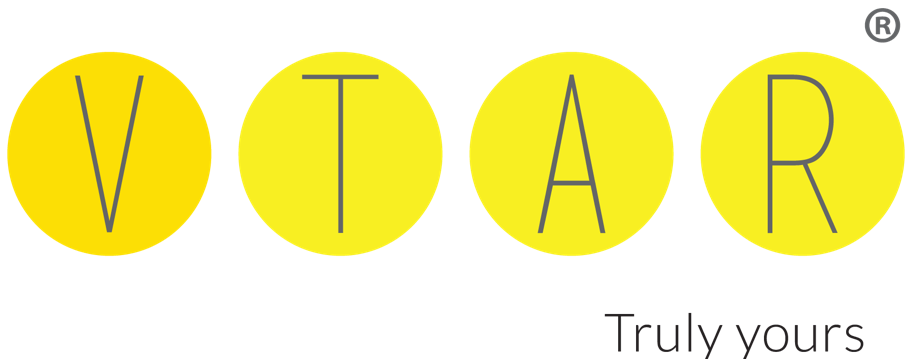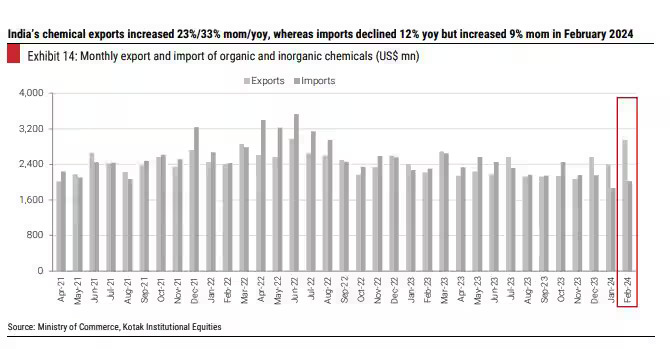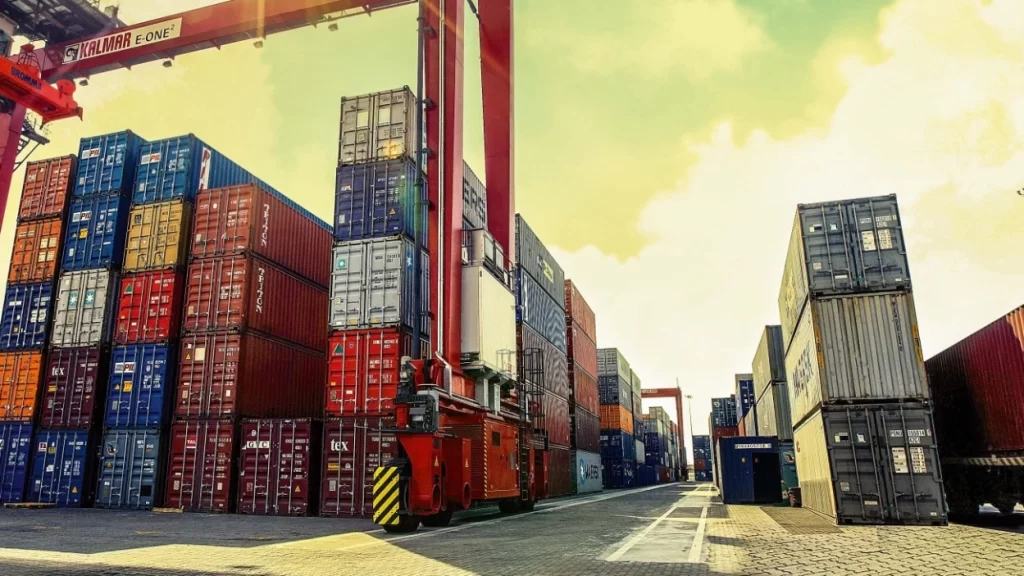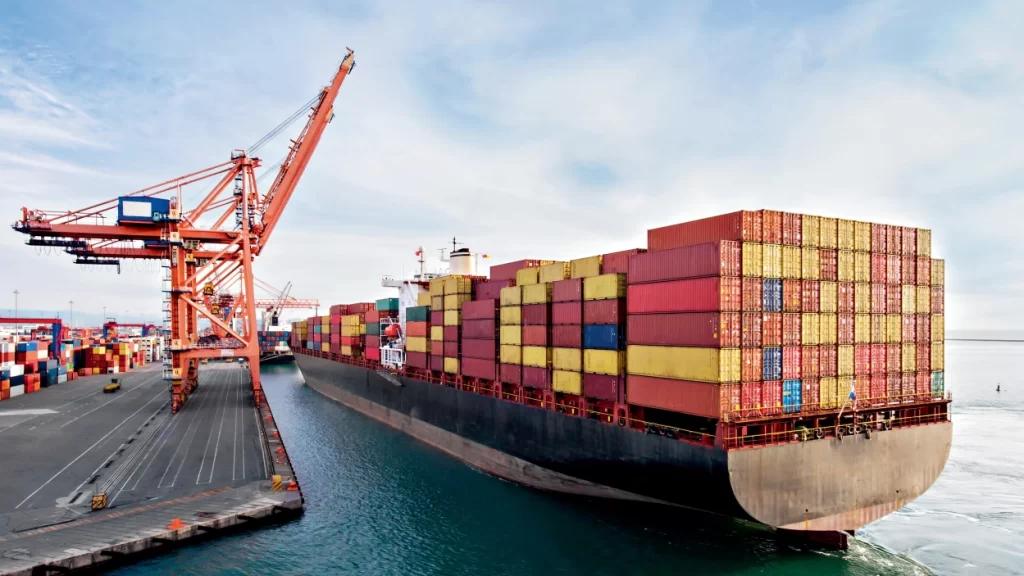Freight Clearance Under Section 321
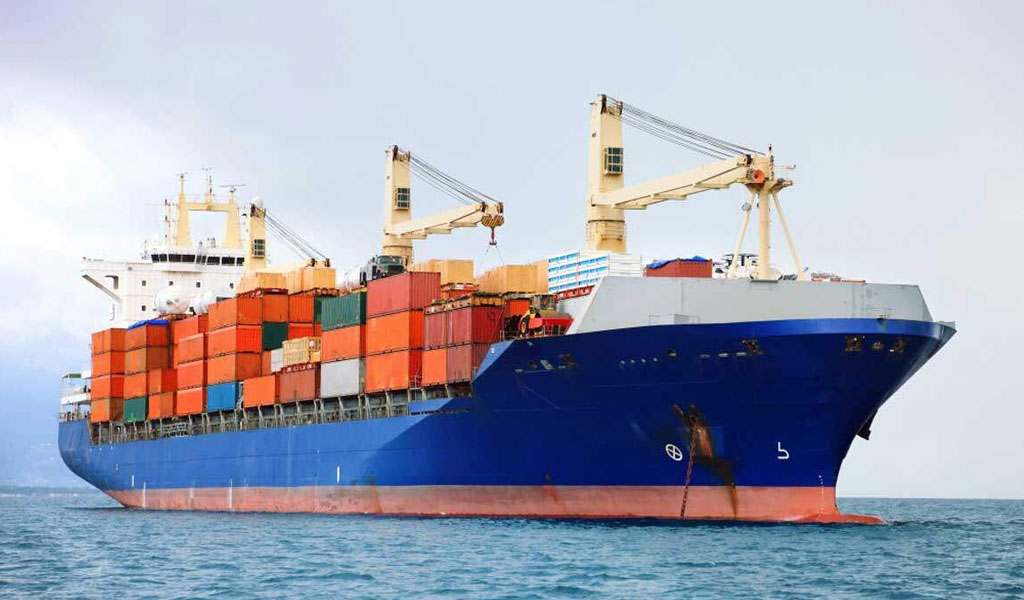
Everything you need to know about de minimis value clearance for cross-border freight shipping
If you’re dealing with cross-border shipping from Canada to the USA, you’ll want to familiarize yourself with clearance under Section 321. There are certain best practices and restrictions that you need to be aware of, which we get into below.
What is section 321 and how do I declare it?
Section 321, or “de minimis value clearance” essentially means that you can import your freight into the USA without having to pay duty as long as the value of your cargo is under $800 USD.
In order to declare section 321, you generally don’t need an eManifest or a formal entry. For shipments that do need an eManifest anyway, you’ll need to indicate that to your customs broker, who will know the steps to take in order for your cargo not to be dutied. Keep in mind that you will still need to provide a valid commercial invoice to the carrier, as well as list a customs broker (even if you don’t end up using one).
If you happen to be clearing the cargo yourself, follow the steps below:
- Select the shipment type “Section 321” within the ACE eManifest
- Enter your shipment control number
- Include the details about your shipment that you would include on the customs/commercial invoice such as
- The shipper’s information
- The consignee’s information
- The commodity being shipped
- The value of your shipment
- The country of origin
What restrictions apply to Section 321 cross-border shipping?
You will not be able to ship the following types of goods duty-free:
- Goods regulated by some of Participating Government Agencies (PGAs) such as:
- Food and Drug Administration (FDA)
- Food Safety Inspection Service (FSIS)
- National Highway Transport and Safety Administration (NHTSA)
- Consumer Product Safety Commission (CPSA)
- U.S. Department of Agriculture (USDA)
- Merchandise subject to Anti-Dumping Duty (ADD) and/or Countervailing Duty (CVD)
- Goods needing inspection as a condition of release, regardless of value
Exceptions to this rule include:
- Beauty products & cosmetics
- Tableware
- Non-medical devices that emit radiation
- Biological samples for laboratory analysis
- Foodstuffs
When it comes to food, there are certain commodities that still need to be inspected and, as a result, will still be subject to duty fees, such as: foods packed in airtight containers stored at room temperature, raw mussels, raw oysters, raw clams, puffer fish, and ackees.
Daily restrictions may apply that are not related to your product. If you are shipping goods that are not sent as gifts (which require their own certificates), you may be limited in the amount of cross-border shipping that you can do under Section 321 in a single day. That means that you can only ship one article cross-border per day.
To round up
You can import one article per day into the USA under Section 321 if it meets all of the criteria listed above.
You will still need to provide the carrier with a customs invoice and a customs broker (to avoid delays in case one is needed). Freightera’s smart system will take care of the rest of the paperwork for you, such as the BOL, which we automatically generate and fill out for you.
VTAR provides various chemicals for the industry.
Sources: From various excerpts from the Internet.
